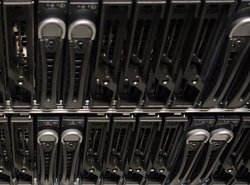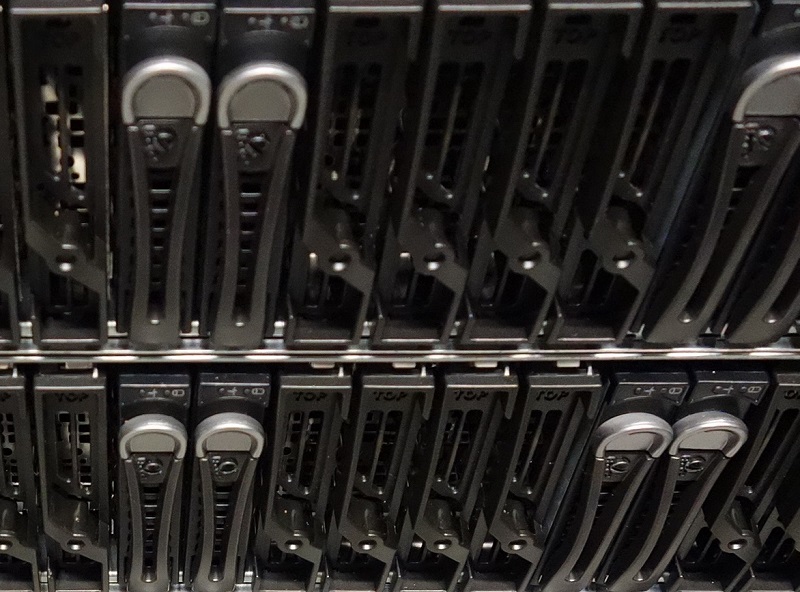
June 8, 2018
By: Michael Feldman
Dell EMC has installed Artemis 3, the University of Sydney’s first supercomputer with serious AI capabilities.
 The $2.3 million system is comprised of 49 PowerEdge C6420 nodes, equipped with two 24-core Intel Xeon-SP CPUs per node, along with 27 PowerEdge C4140 nodes, each of which is outfitted two Xeon CPUs plus four NVIDIA V100 GPUs. The nodes are connected via FDR InfiniBand. External storage is provided by a 700 TB Lustre file system.
The $2.3 million system is comprised of 49 PowerEdge C6420 nodes, equipped with two 24-core Intel Xeon-SP CPUs per node, along with 27 PowerEdge C4140 nodes, each of which is outfitted two Xeon CPUs plus four NVIDIA V100 GPUs. The nodes are connected via FDR InfiniBand. External storage is provided by a 700 TB Lustre file system.
Although the system has a peak FP64 performance of one petaflop, thanks to the V100’s specialized Tensor Cores, the 108 GPUs can deliver 13.5 deep learning petaflops. It’s the latter that give the university an entirely new capability for AI work, in particular, the training neural networks. From the Dell EMC press release:
“Much of the role of the supercomputer is supporting the work of the multi-million dollar UBTECH Sydney Artificial Intelligence Centre, announced last year. Led by Professor Dacheng Tao, the centre is a multidisciplinary effort to solve some of the major challenges in AI and robotics.”
Artemis 3 will also be used for more conventional HPC work in areas such as genomics, cosmology, and geophysics. In addition, the system will be used to perform data analytics in economics, transport logistics and medical imaging.
The system will be used in conjunction with the existing Artemis 2 machine, a 146-node Dell EMC cluster equipped with older Xeon processor. The cluster includes just 10 GPUs, which were installed in 2015 during the first phase of the Artemis.
“The University’s research continues to grow in computational intensity,” said Dr Jeremy Hammond, director, Strategic Ventures, The University of Sydney, Australia. “To stay ahead of the volume and velocity of data being generated by scientific instruments and sensors, researchers need high performance computing technology to collect and process data faster, in real-time, or thanks to artificial intelligence algorithms, with minimal human interaction.”
The new supercomputer achieved a Linpack mark of 700 teraflops, which should be enough to earn it a spot on the upcoming TOP500 list, assuming the University of Sydney or Dell EMC made a submission. The list will be announced on June 25 at the ISC High Performance conference.
